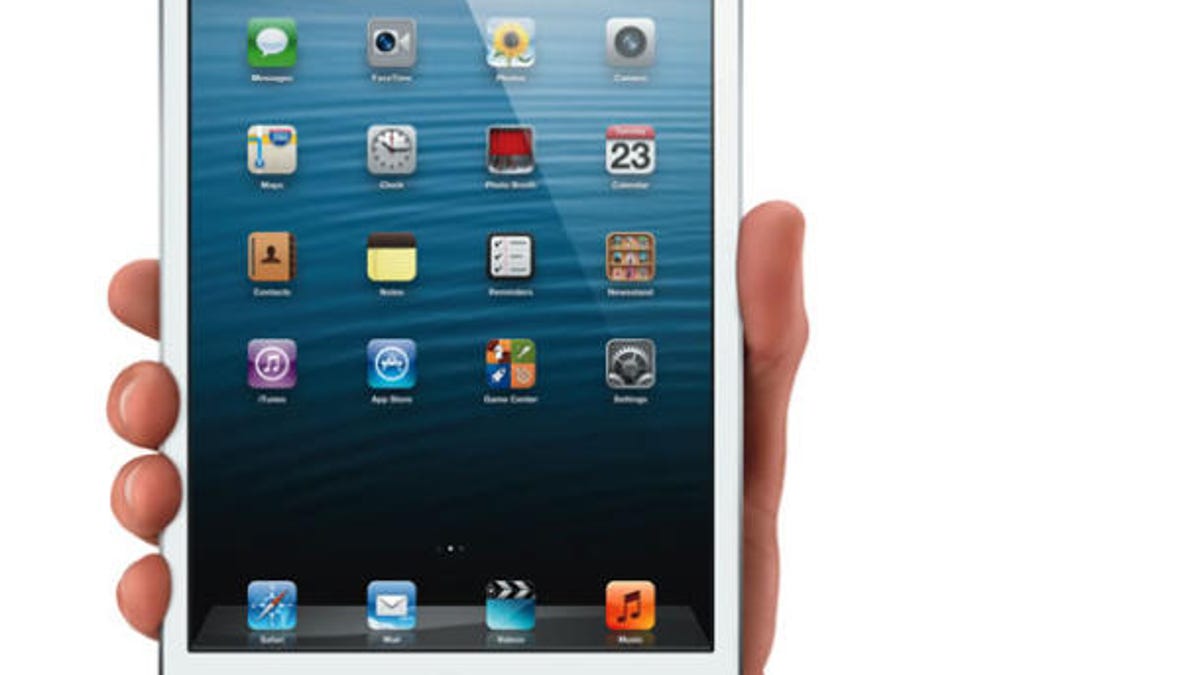A display that resizes as your face moves? Apple zooms in
A new patent application from Apple describes a display technology that can resize itself depending how close your face is to the device.

Your iPhone or iPad may one day be able to resize its display based on the distance from your face.
Filed today with the U.S. Patent and Trademark Office, a new Apple patent application dubbed "Scaling of Visual Content Based Upon User Proximity," details a method by which the display automatically scales as your face moves toward or away from the device.
The content on the display would initially size itself based on how near or far your face is. Moving your face (or the device) would then trigger the display to resize itself accordingly based on a different scaling factor.
The technology would offer two ways of scaling the display.
In comfort mode, the display would scale smaller as your face got closer to the device and grow larger as you moved away. For example, the closer you are to the device, the smaller the font size and graphics become. Moving further away then increases the font size and the size of the graphics.
In zoom mode, the display would grow larger as your face got closer to the device, giving you the impression of zooming in on the text or graphics. This mode could play a role in graphics editing in which you'd move your face closer to the device to enlarge the individual pixels of the graphic to more easily see and edit them.
If all works as outlined, the technology could replace a gesture such as "pinch and zoom," in which you have to manually manipulate the screen to zoom in or out.
"Often, during the course of using a computing device, especially one that is portable, such as a smartphone or a tablet, a user may position the display of the computing device at different distances from the user's face at different times," the patent noted. "If the user moves the display to different distances many times, the user may need to manually readjust the scale of the visual content many times. This can become inconvenient and tedious."
(Via AppleInsider)

